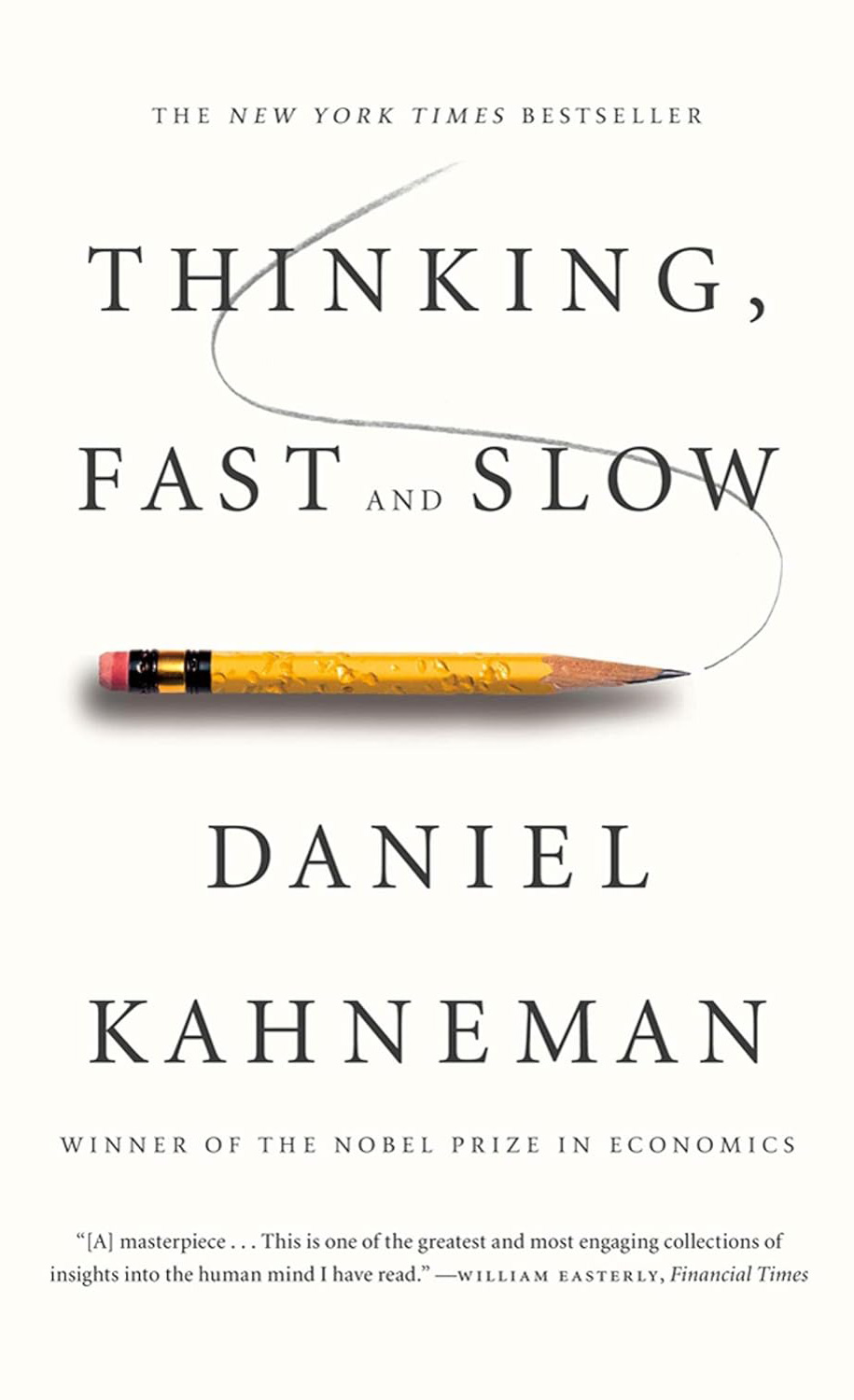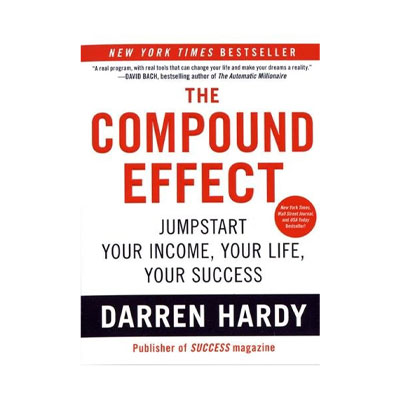About the Book
"Thinking, Fast and Slow" a thought-provoking and distinctive work by Daniel Kahneman, provides important insights into the functioning of the human mind and brain. Humans make decisions in various situations, sometimes quickly and other times after a period of reflection; what could be the reason for this difference?
The author, a researcher in this field, explains that when humans react quickly, their responses are more automatic, while taking time to decide indicates they are calculating and then acting based on what they believe to be correct. Kahneman refers to these two types of behavior as System 1 and System 2, considering them the foundation of all human activities.
He also notes that for survival and functioning in life, a person needs both systems, but to achieve optimal efficiency, they must first understand them well and then learn how to use them correctly. With great expertise, the author engages the reader in a dialogue that ultimately teaches them when to employ System 1—intuitive and quick decision-making—and when to turn to System 2. Additionally, he clarifies that many cognitive errors are not related to emotions but rather stem from our understanding of the aforementioned systems, which can hinder our ability to act correctly.
About the Author
Daniel Kahneman is an American author and psychologist born on March 5, 1934, in Tel Aviv. After spending part of his youth in Paris, he returned to his birthplace in 1946 and studied for his bachelor's and master's degrees at the Hebrew University of Jerusalem. In 1958, he moved to the United States and earned his Ph.D. in psychology from the University of California.
Kahneman is widely recognized for his extensive research and was awarded the Nobel Prize in Economic Sciences in 2002. Other notable works include "Judgment and Choice" and "Choices, Values and Frames."
Who should read this book?
If you are among those curious about the workings of the human brain and mind, this book is highly recommended for your reading list at an opportune time.
Table of Contents
"Thinking, Fast and Slow," is structured by its author into 38 chapters.






















